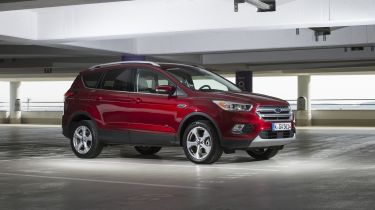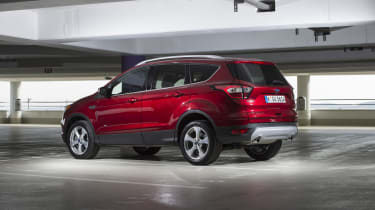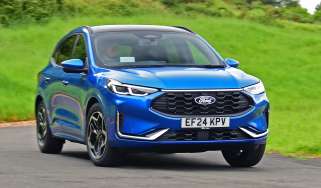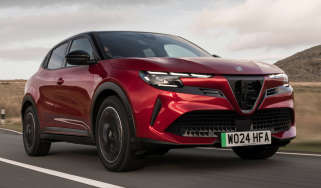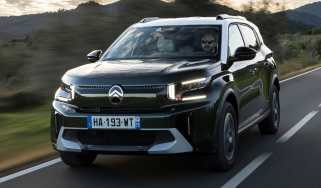Used Ford Kuga review: 2012 to 2019 (Mk2) - Running costs, MPG, CO2 emissions and insurance
The Ford Kuga is at its best for economy with a diesel engine fitted, but the petrol motors are okay for local trips
The Ford Kuga uses a range of engines and the diesels offer the lowest running costs. They also feel better suited to hauling this heavy car along than the petrol alternatives. Those who need four-wheel drive or an automatic gearbox will find running costs increased compared to the two-wheel-drive versions.
With that in mind, we recommend a manual model with a diesel engine and front-wheel drive if you want to keep running costs low. Luckily, many buyers chose this option when new and there should be plenty for sale in this configuration at reasonable asking prices.
How much do used Ford Kugas cost?
The Ford Kuga will cost around the same to buy as a used car as a Nissan Qashqai of a similar age and mileage. You can check for current prices on our sister site Buyacar, where you’ll be able to find plenty of second-hand Ford Kugas with finance available.
Check out used Ford Kuga deals on Buyacar
The Kuga depreciated faster than some of its rivals, so you might find that a Honda CR-V or Mazda CX-5 of a similar age will cost a little more, because those cars are a bit more sought-after by people looking for a second-hand SUV. Later versions of the Kuga are better value because they lose their value faster, holding on to only around 40 per cent of their value after three years or 36,000 miles.
What’s it like for fuel economy, emissions and tax?
The Kuga works best when fitted with one of the three diesel engines on offer. The 2.0-litre 148bhp engine is our favourite; this can return up to 43.5mpg, with CO2 emissions of 144-164g/km.
More reviews
Car trim reviews
In-depth reviews
- Ford Kuga review – a sharp-handling and efficient SUV
- Ford Kuga Plug-in Hybrid SUV review
- Ford Kuga SUV (2008-2012) review
Used car reviews
The 2.0-litre 178bhp diesel, which has four-wheel drive as standard, can manage up to 43.5mpg but for some models this can drop as low as 39.8mpg. The earlier 118bhp 1.5-litre diesel version of the Kuga managed 54.3mpg but as it was tested under a different system, it’s not directly comparable to the later engines for fuel economy. It should still be a top choice for efficiency, though.
The 1.5-litre petrol cars come with 118, 148, or 174bhp. Both the 118bhp and 148bhp models can return fuel economy of around 35mpg, a pretty decent figure for a bulky petrol-powered SUV. However, the higher-powered version with an automatic gearbox sees fuel economy drop to around 31mpg.
Models built after April 2017 cost £155 a year to tax, while versions before that are taxed based on CO2 emissions. The lowest-emitting diesel engines can be as little as £30 a year to keep on the road.
How much will it cost to insure?
There’s quite a bit of variation in the Kuga’s insurance groups. The lowest is the 1.5-litre EcoBoost petrol in Zetec trim, which is in group 14. Even the more powerful 174bhp model is only in group 15 in the same trim level, but the 2.0-litre diesel is in group 22 despite being less powerful.
Higher trim levels such as Titanium Edition and ST-Line tend to be more expensive to insure, and sit in groups 21-27, while Vignale models are in groups 17-26. There aren’t any Kuga models in group 30 or above, so while the Kuga isn’t cheap to insure, it’s not above average either.

